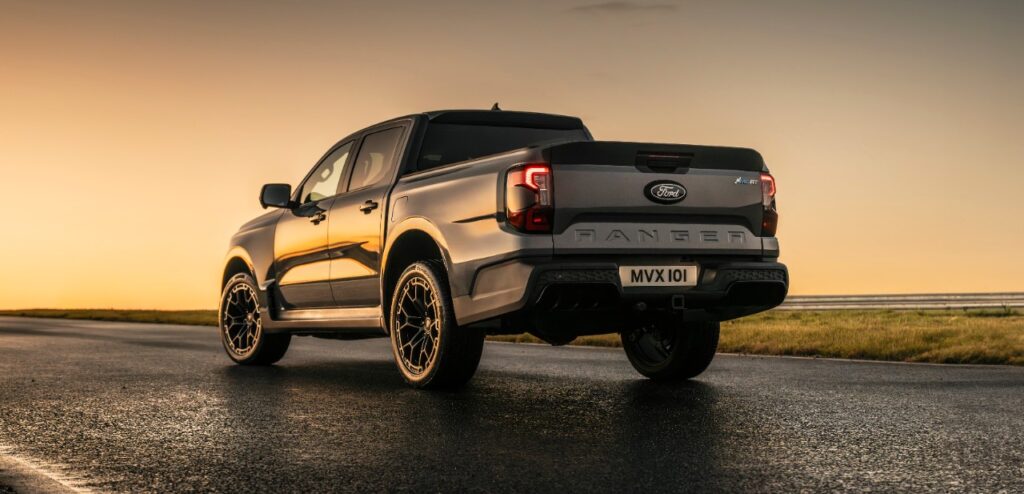Rugged Meets Refined: The Evolution of Modern Utility Vehicles

Utility vehicles have come a long way from their humble beginnings. Once considered the workhorses of farms, job sites, and remote terrains, these machines were built with one thing in mind: function over form. However, as consumer expectations have evolved, so too has the very nature of what a utility vehicle represents. The modern utility vehicle is no longer just a tool — it’s a statement of performance, comfort, and design.
A New Era of Expectations
Today’s drivers expect more from their vehicles. It’s not enough for a pickup truck or utility vehicle to simply haul heavy loads or tackle rough terrain — it must also deliver on-road performance, fuel efficiency, advanced technology, and style. This shift in expectations has transformed how manufacturers design and market their vehicles.
No longer are utility vehicles relegated to dusty roads and rugged trails. They’re now seen in urban centres, business parks, and even upscale neighbourhoods. This new versatility means utility vehicles must perform in a variety of roles: daily commuter, family transporter, weekend adventurer, and reliable work partner.
The Marriage of Strength and Sophistication
The evolution of modern utility vehicles is largely defined by the seamless blend of rugged capability with refined aesthetics. High-strength chassis and powerful engines are still a must, but they’re now complemented by leather interiors, touch-screen infotainment systems, driver assistance features, and sculpted exteriors.
This dual nature has opened the category up to a broader audience. It’s no longer just tradespeople and outdoor enthusiasts who drive these vehicles. Now, professionals and families are embracing the practicality and bold presence of a well-designed utility vehicle.
A perfect example of this balance between toughness and elegance is the Ford Ranger MS-RT. This vehicle combines motorsport-inspired styling with the durability and utility expected of a true workhorse. The aggressive stance, aerodynamic body kit, and premium finishes make it equally suitable for work and play. It’s designed to turn heads without compromising on performance or reliability.
Technology Takes the Lead
Another driving force behind the transformation of utility vehicles is technology. From improved fuel efficiency through hybrid powertrains to advanced safety features like lane-keeping assist and adaptive cruise control, today’s utility vehicles are as tech-savvy as they are tough. Connectivity features, such as smartphone integration and onboard Wi-Fi, have become standard expectations rather than luxury add-ons.
These innovations make utility vehicles smarter and safer, appealing to tech-conscious drivers who want their vehicles to keep up with their lifestyles.
Future Forward
Looking ahead, the future of utility vehicles continues to trend toward sustainability and personalisation. Electric and hybrid utility models are already hitting the market, combining eco-friendly performance with serious towing power. Additionally, customisation options are on the rise, allowing drivers to tailor everything from wheel design to interior trim to suit their individual tastes.
What started as a niche market has become a dynamic segment where capability meets comfort, and where ruggedness no longer comes at the expense of refinement. The modern utility vehicle is proof that strength and sophistication can indeed coexist — and thrive — in one bold, capable package.
—
Image credit: Ford Media Centre





